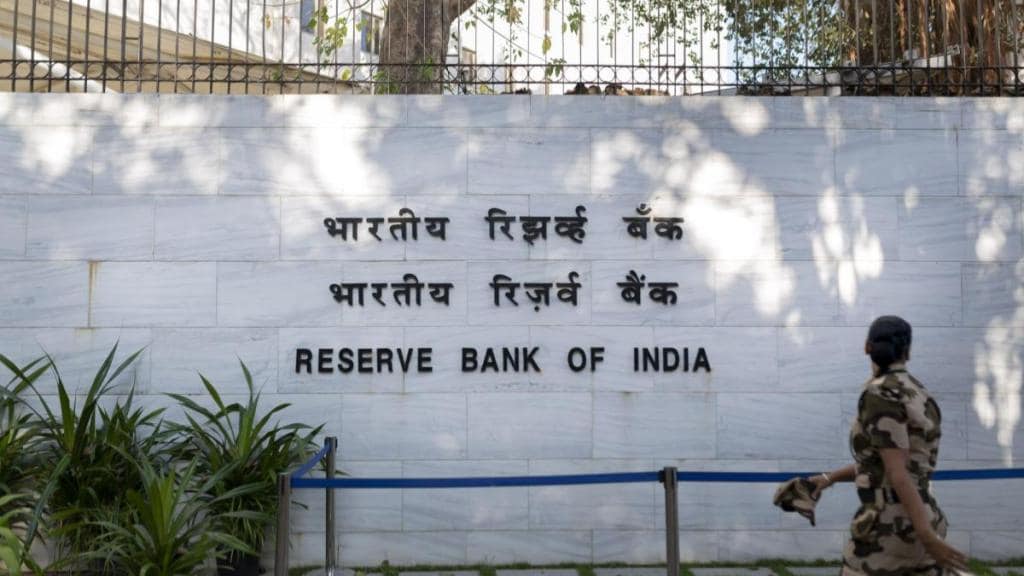Reserve Bank of India (RBI) Governor Sanjay Malhotra has announced India’s move towards international best practices that reward sound risk management. Nowhere is reform more urgent than in the Deposit Insurance and Credit Guarantee Corporation (DICGC), which has long overcharged well-operated commercial banks on premiums, amassing a surplus of Rs 2.1 lakh crore. This excess is unnecessary and inflates India’s cost of doing business. The RBI’s proposal to introduce risk-based deposit insurance must be implemented without delay.
The DICGC, a wholly-owned RBI subsidiary, insures deposits across banks. As of March, it covered 1,982 banks—139 commercial and 1,843 cooperative. In FY25, it collected Rs 26,764 crore in premiums and earned Rs 15,802 crore in investment income, generating a revenue surplus of Rs 30,907 crore. Against an actuarial liability of Rs 17,567 crore, its surplus stands at Rs 2.11 lakh crore, with total funds of Rs 2.29 crore—2.3% of total insured deposits.
The question is simple: why collect such excessive premiums, and why not link them to risk? These costs are passed on to customers, firms, and micro, small, and medium enterprises, thereby burdening citizens with higher business costs.
Insurance premiums rose from 5p per Rs 100 insured in 1962 to 12p in 2020, applied to all deposits up to Rs 5 lakh per person. This premium is uniformly applied, irrespective of whether the bank is commercial or cooperative, despite the vastly differing risk profiles, credit ratings, and management structures.
Of total insured deposits of Rs 100.04 lakh crore in FY25, commercial banks accounted for Rs 92.3 lakh crore (92.3%), while cooperatives held only Rs 7.7 lakh crore (7.7%). Accordingly, commercial banks paid Rs 25,346 crore in premiums (94.7% of the total), while cooperatives contributed just Rs 1,418 crore.
The claims picture is inverted. Since 1962, commercial banks have filed gross claims of Rs 295.9 crore, with net claims of only Rs 138.3 crore—just 1.4% of all claims. Not a single commercial bank required claims in FY23 or FY24. By contrast, cooperative banks have filed gross claims of Rs 16,645 crore, with net claims of Rs 9,835.5 crore—98.6% of the total. This distortion penalises well-run commercial banks while cooperative banks take a free ride. It violates the basic insurance principle that premiums must reflect risk.
The DICGC’s surpluses are parked in stable government securities, and as an RBI subsidiary, it already enjoys implicit liquidity support. There is no need for a large surplus fund. In FY25, revenue surpluses after tax totalled a significant Rs 30,907 crore. It is safe to assume there will be a surplus of at least Rs 32,000 crore in FY26. This Rs 32,000 crore, when added to the FY25 fund surplus, will amount to Rs 2.43 lakh crore. The DICGC has set an absurdly high target of fund surpluses of 2.5% of total insured deposits—negating the basic principles of insurance on a captive banking system, creating unnecessarily high costs of banking in the economy.
Premiums must be recalibrated. A risk-based structure could look like this: AAA-rated banks (1p per Rs 100 insured); AA-rated banks (2p); other commercial banks (3p); and co-operative banks (25p), to reflect their disproportionate claim history. This would end the subsidy of poorly managed banks by strong ones and incentivise better governance across the system.
The DICGC’s significant and unnecessary surplus can be utilised to further strengthen the capital position of commercial banks. At least Rs 2 lakh crore of the surplus must be invested in non-convertible preference shares in each of the commercial banks based on the premiums paid by them over the last three years, at a coupon of 4% annually.
Even after these investments, the DICGC’s position will remain strong due to the interest income and continuing premium revenue it accrues. Meanwhile, reducing the premiums for low-risk banks will send a clear message to the economy that premiums must be based on the risk profile of the insured entity, and larger banks do not have to subsidise the claims of cooperative banks.
The probability of public sector bank failures is minimal, given government ownership. The likelihood of private banks requiring bailouts is also relatively low, as evidenced by the data. If a private sector bank is in trouble, the RBI has enough tools to ensure the bank is safely reset. In case of bank failure, the RBI has demonstrated alacrity in working out a safety net, as seen in the case of Yes Bank. High insurance premiums are not required here.
India’s economy cannot afford excessive regulatory costs that ultimately flow to depositors and borrowers, undermining competitiveness. The RBI and the government already have robust tools to manage bank stress. The next step is to ensure that commercial banks are not weighed down by inflated insurance costs.
Calibrating premiums to actual risk is the next big reform that will empower banks, protect depositors, accelerate India’s economic momentum by reducing cost of doing business, and send a clear signal that the nation is building a globally competitive banking sector.
Authors TV Mohandas Pai & Nisha Holla are respectively chairman and research fellow at 3one4 Capital.


